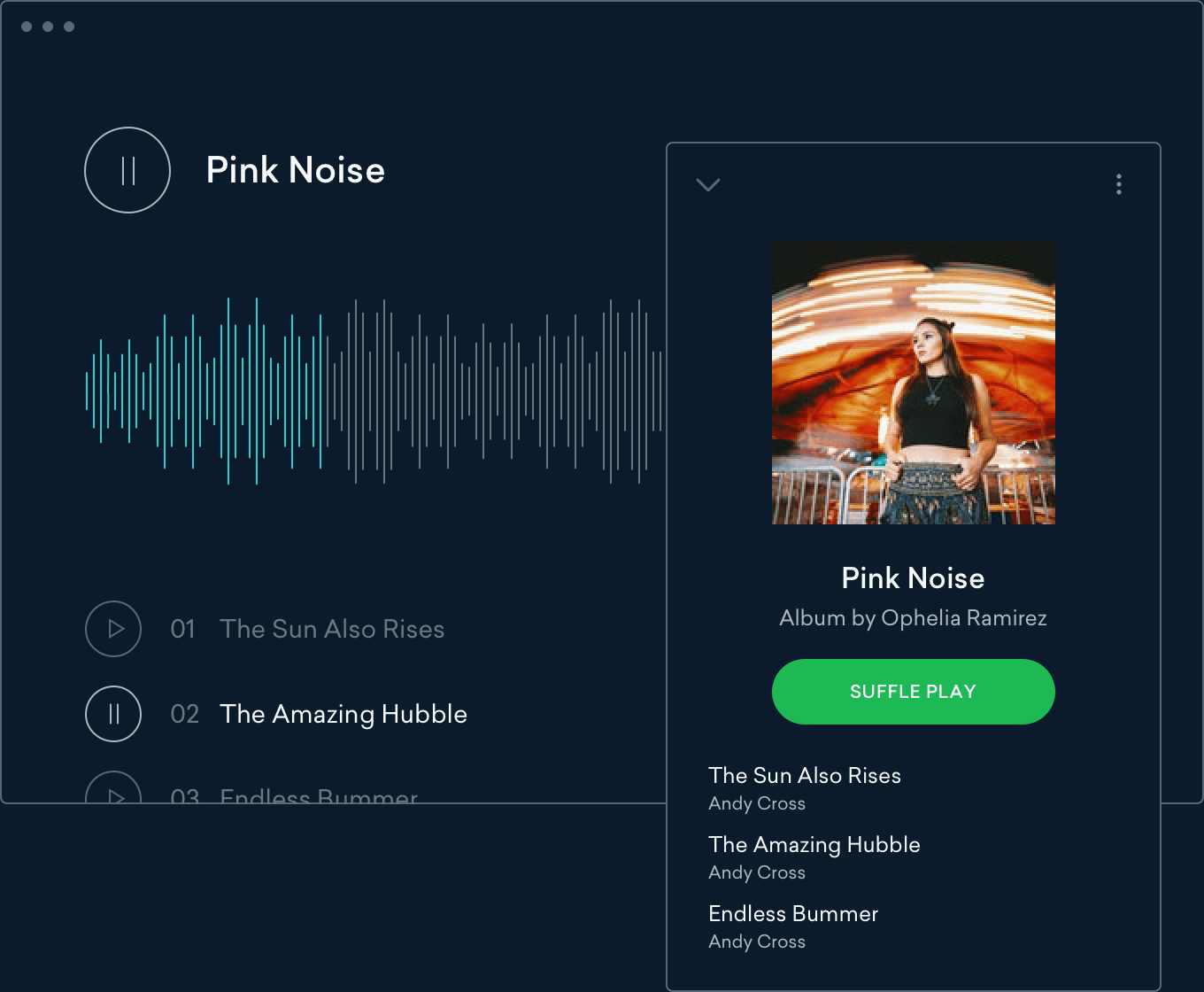
If you want more details – hey, that’s probably a good call. If you want to check it out, click here to view their Studio plan (and save $50 with our affiliate link). One service that stands out among the others is LANDR: one of the first to offer online mastering services and still a popular choice among DIY musicians. Online mastering services offer quick mastering of your tracks using computer algorithms and AIs.
Landr mastering contact professional#
While I always recommend musicians get an audio engineer to do the mastering to have a different point of view, online mastering services have become more and more popular over the years, offering increasingly good results for a fraction of the fee of a professional audio engineer. Now that you know how headroom works, get back to your DAW and keep making music.Mastering is the last step of music production and determines how your music will sound on all devices and streaming platforms, so it’s not an understatement when I say it’s one of the most crucial aspects of an artist’s career. When it comes to getting the most from your mix and master, all you have to do is follow this guide for the best results. Headroom is a key technical issue in audio production, but it’s not too hard to understand. Above all, make sure to leave ample headroom at the master bus when exporting your track following the same guidelines.Follow that rule of thumb while recording sounds with your audio interface, processing your tracks with plugins and routing channels to busses.Aim to have the peaks of your signal reaching around -9 or -10 dBFS with the body of sound hovering around -18 dBFS.To summarize, here are the guidelines for good headroom across your mix: Attenuating an exported mix won`t bring back any headroom that was lost by bouncing too hot, so make sure to address headroom issues before you save your files. In the real world, mastering engineers often have to turn down loud mixes to do their work. This way you can keep headroom everywhere for a healthy level at the master bus without needing to drag your faders down too far. In fact, the best approach is to maintain good gain staging at every point in your workflow. You might find that all you need to do to increase clarity, separation and width is to pull down your faders or keep your tracking levels in check. Eventually, your mix could come close to the limit.Įven if you don’t get all the way to clipping, you’ll start to notice the effects of poor headroom if you listen closely.

When you’re busy making music it’s easy to keep adding tracks to a session.īut all those combining signals build up at your master bus.

Keeping good headroom is essential for getting the most out of your mix. Good headroom means leaving a healthy amount of space so that the majority of your audio is far below the clipping point. The amount of space in between the signal and the clipping point is the headroom.
Landr mastering contact full#
In your DAW, the clipping point is 0 dBFS (or decibels from full scale) on your channel meters. This effect is called clipping, and it’s the worst consequence of bad headroom.

When you go over that limit, the tops of your signal’s waveform will get abruptly cut off.Īny audio information that passes above the limit is thrown away, causing harsh distortion and unpleasant artifacts. Headroom is how much room your audio signal has before it starts to get compressed and distorted.Įvery recording medium has a limit for how loud the signal can be.


 0 kommentar(er)
0 kommentar(er)
